When people first began riding horses, they quickly discovered that having a spine between your legs isn’t very comfortable. Blankets seemed to help a little, but these still posed a problem when it came to centering the rider’s weight.
Then, around 200 BC, some horse enthusiasts in Asia developed the first saddle tree. The Samaritans further improved on this by developing the first known leather saddles in the 200s AD.
Today, there are a number of saddles, all designed for specific uses. Most are categorized into English and Western Saddles.
English saddles are thinner and lighter for use in shows and competitions, while Western saddles have a flatter seat and are designed for more comfort on long rides.
However, these aren’t the only saddles out there, and there’s plenty of variety worldwide. Here are 21 types of saddle and the types of task they’re designed for.
Related: 13 Types of Barns (with Pictures)
Types of Horse Saddles
1. Australian Stock Saddle
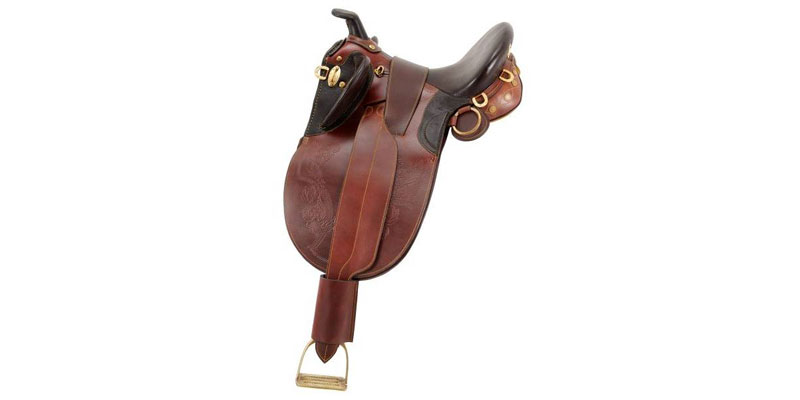
Inspired by English saddles, these have a much closer similarity to western saddles. The deep seat, high pommel that may include a horn, and extra padding make the saddle more comfortable during long rides.
A strap over the saddle, known as an over girth, helps keep the rider secure. These saddles are used for a wide range of activities, from cattle ranching and trail rides to endurance competitions and even polocrosse.
2. Barrel Racing Saddle
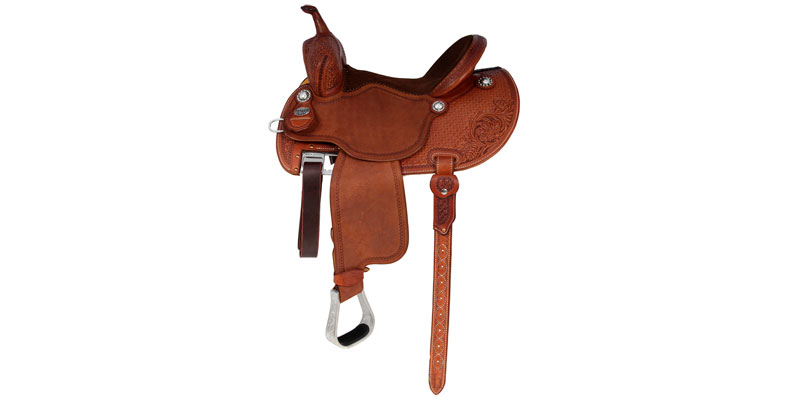
The smallest and lightest among western saddles, the barrel racing saddle is designed to allow the horse maximum flexibility. It features a high, slim horn and more flexible fenders so the rider can keep his balance during sharp turns.
Meanwhile, its short skirt and front cinch cause minimal hindrance to the horse. The entire package is rounded out with a high cantle and deep seat.
3. Cutting Saddle
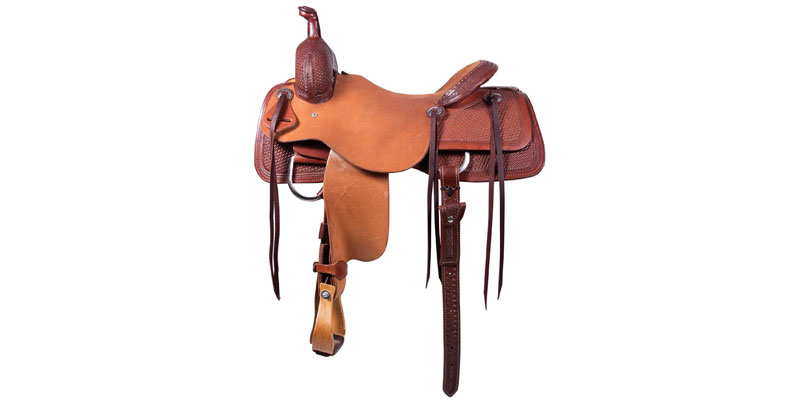
One of the more versatile saddle types out there, the cutting saddle was designed primarily for cutting events but is popular among horse enthusiasts for their functionality.
The design features wide swells, flat seats, low cantles, double riggings, and slim stirrups. This allows the rider to keep better balance without hindering the horse, and can be very effective in penning, reining, and training.
See Also: 17 Types of Hammocks
4. Double Seat Saddle
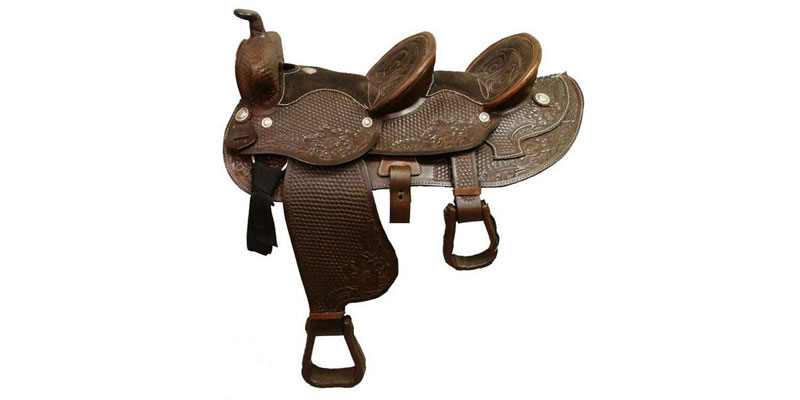
As the name suggests, these saddles are perfect when looking to have a horse ride made for two. The single saddle has two pairs of stirrups and deep padded seats to allow for extra comfort.
Versions of these saddles can be found worldwide, although the western saddle variant only has one horn, while the others have two. Despite the romantic possibilities, double seat saddles are most commonly used for teaching children how to ride.
5. Dressage Saddle
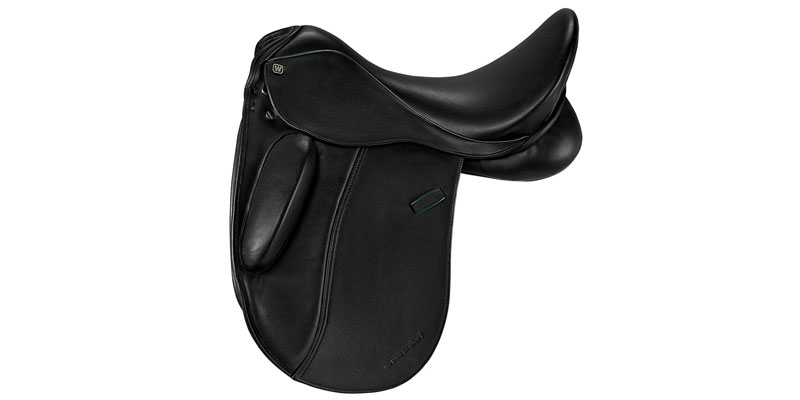
These deep-seated saddles are primarily used in flat-work competitions and are best suited for more advanced riders. The saddle provides for an upright torso and allows better leg contact for maneuvers thanks to the thin, lightweight straight flaps.
6. Endurance Saddle
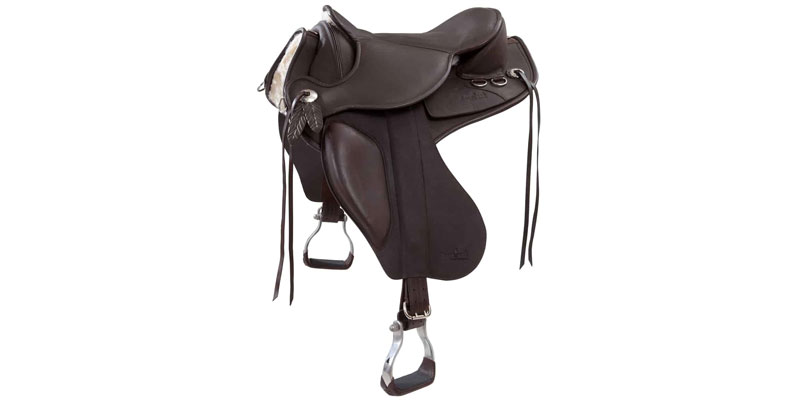
There is nothing more painful than using the wrong saddle for an endurance competition. These events can involve steep or rough terrain and often require the rider to travel as much as 100 miles in a day.
The endurance saddle thus has padded seats, deep stirrups, saddle strings, and single rigging. They’re made to be lightweight and sturdy while providing maximum comfort.
Endurance saddles lack horns, but make it easy to attach saddle bags, making these specialty saddles popular among frequent trail riders.
7. Hunting Saddle
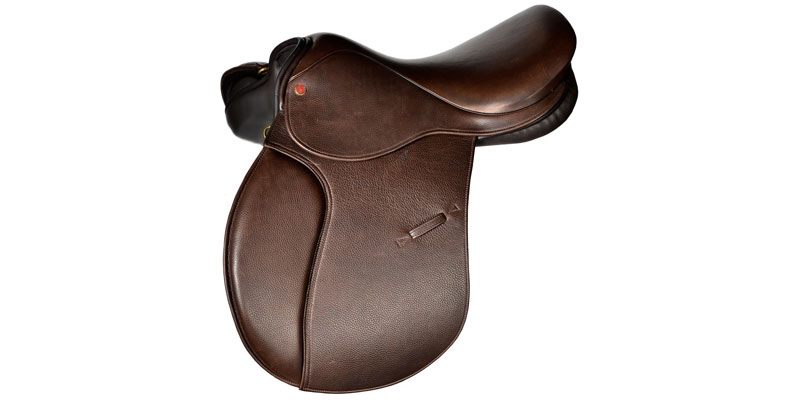
These saddles are designed to push the rider’s weight into the seat during plunging jumps, keeping the rider safe. They have a low cantle and pommels and are usually made of a durable leather.
8. Kura (Japanese Saddle)
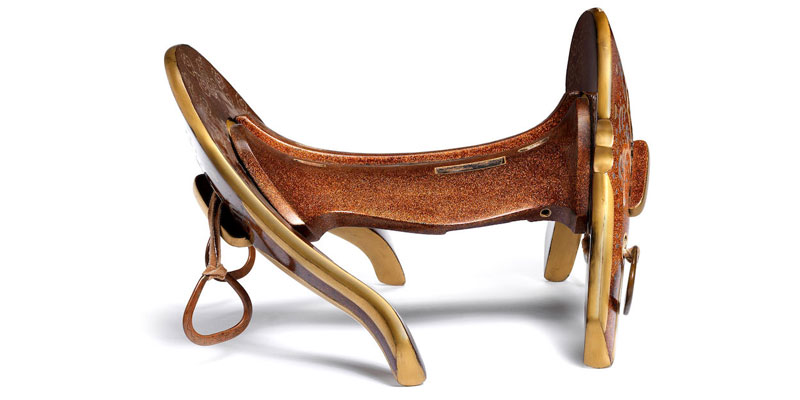
During the Heian period, archers often fought from horseback. They had a type of saddle, known as a gunjingura that gave them a stable platform from which to draw their yumi (a Japanese bow). Other adaptations from the period included both functional and formal saddle designs.
Today, the word kura is used to describe any Japanese saddle, and can generally be classified into karagura (Chinese- style, popular during the Nara period) and yamatagura (Japanese-style, most common during the Heian period).
Modern kura are rare and more commonly seen in reenactments, as Japan began adopting other foreign styles of saddle for general use shortly before WWI.
9. Jumping Saddle
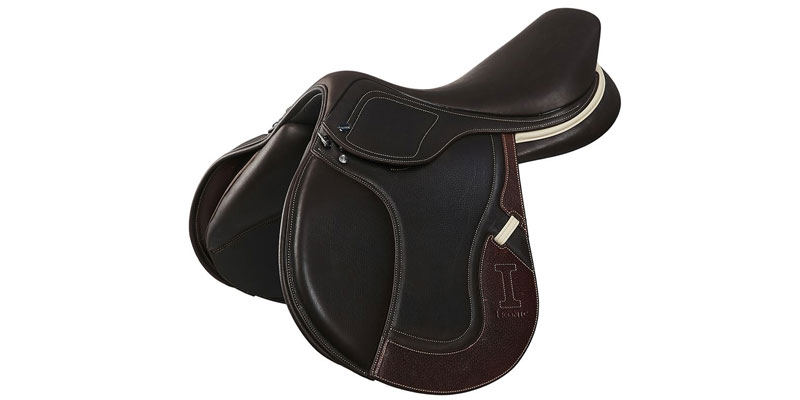
These saddles resemble dressage saddles but have a slightly flatter seat and larger saddle flaps for more leg support.
The front is padded to protect the lower leg and add stability, while the seat design pushes the rider slightly forward to make it easier to use a two-point jumping position when vaulting fences.
10. McClellan Saddle
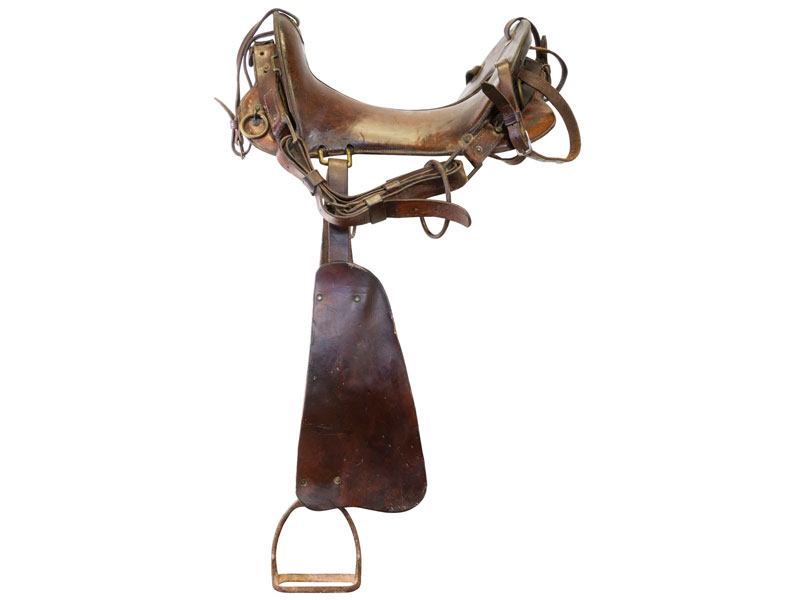
First introduced to the US shortly in the 1850s, they became a staple of the US cavalry just prior to the Civil War. While not used today outside of exhibitions, the core design remains in use for US Army ceremonial mounts.
11. Military Saddle
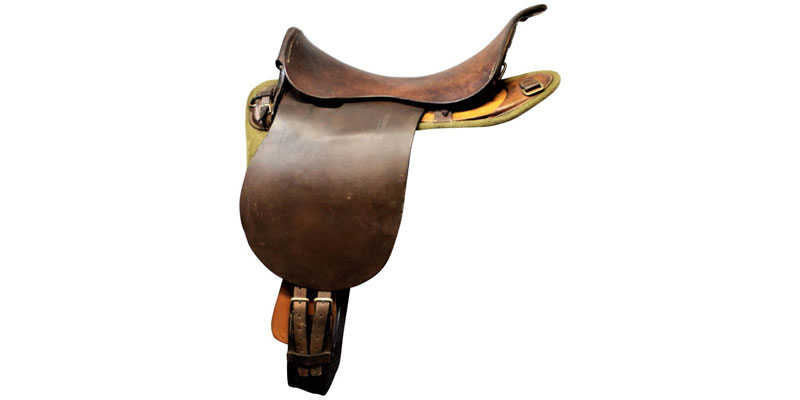
Based on the British Universal Pattern, these saddles were throughout the British Empire around the turn of the 20th Century.
The designs went through multiple iterations, with the Steep Arch Universal Pattern Mark I being the least popular and the Mark III having a flexible girthing system that made it compatible with a wide range of horses.
The Universal Military Saddle arrived in 1902 and became the most popular to date, being lightweight, easily repaired, and comfortable for both horse and rider.
The fixed tree was later supplanted by an adjustable one, and all versions of the military saddle included dees and stapes (stirrups) for carrying shoes, swords, and other important equipment.
12. Pack Saddle
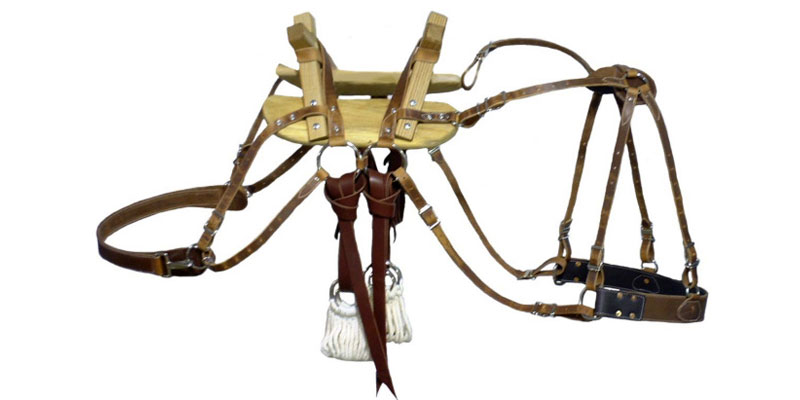
A simple design, the pack saddle was popular when horse travel was common but is now fairly rare. These saddles are designed to provide support for luggage, such as heavy bags, rather than focusing on a rider.
13. Pleasure Saddle
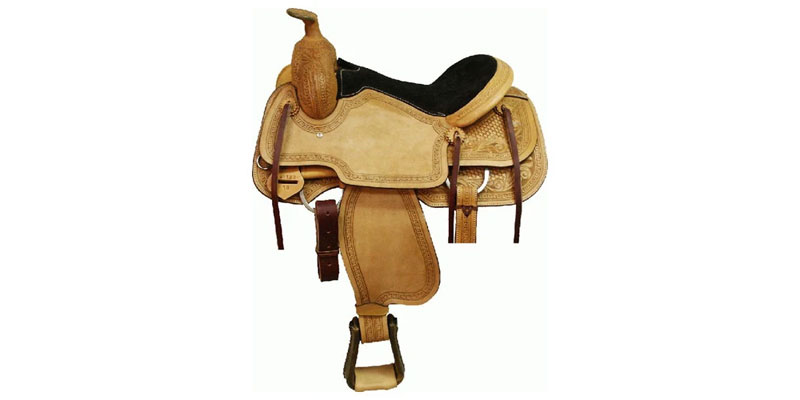
Also often referred to as a trail saddle, these are more lightweight than most western saddles and have padded seats. They include saddle strings and are compatible with breast collars.
Unlike more specialized saddle types, pleasure saddles are available in a wide range of styles and colors.
14. Police Saddle
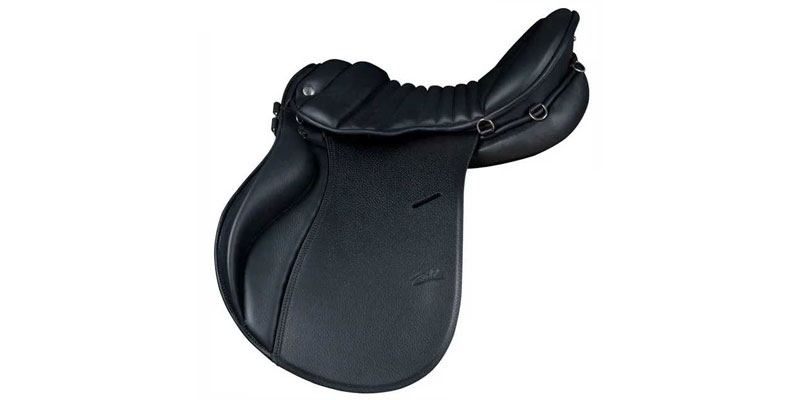
Inspired by the English saddle, the police saddle adds a tree to make the horse more comfortable during long periods of riding, as well as to keep the rider more secure.
15. Pony Saddle
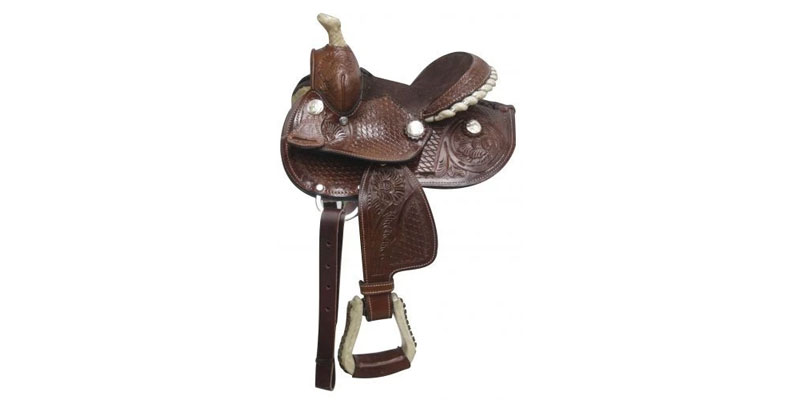
These saddles are similar to western saddles but have a smaller 12-inch seat. They’re specifically designed for smaller or dwarf horses, such as Shetland or Welsh ponies and are often used for children’s’ pony rides.
16. Racing Saddle
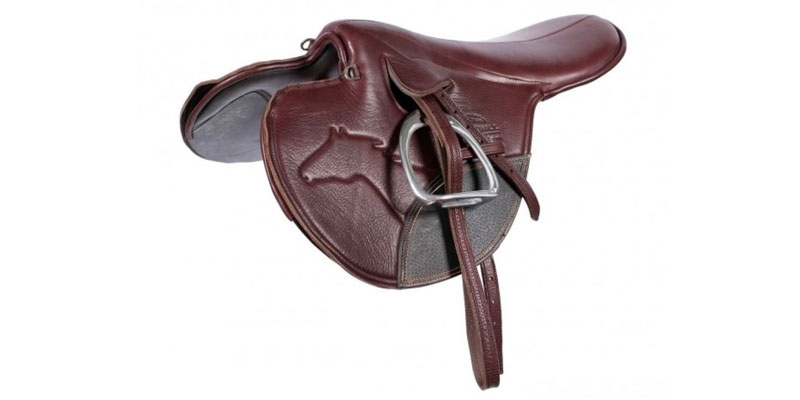
Featuring a lightweight design, short stirrups, and a single girth strap, these saddles aren’t meant for sitting on. Instead, the rider crouches over the saddle in a raised position.
The flaps are smaller for use in flat racing, but larger for racing saddles being used for events that include jumping.
17. Ranch Saddle
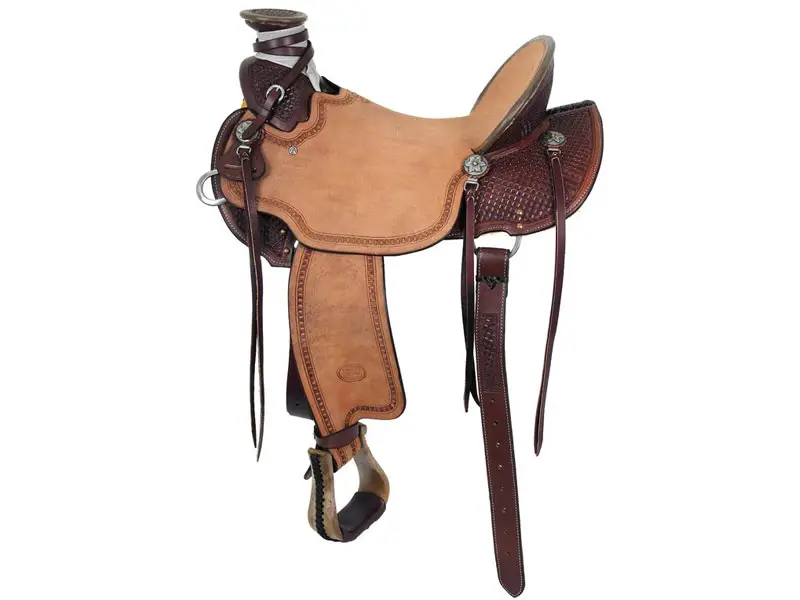
These sturdy western saddles have more weight but are designed to provide improved comfort while spending the day working with cattle. The deep seat is matched with a high cantle and thick wrapped horn.
Its stirrups are set to allow the rider’s legs to hang straight down, further reducing strain. These are perhaps the toughest of all western saddles, as well as the most reliable.
Read Also: 13 Types of Farming
18. Reining Saddle
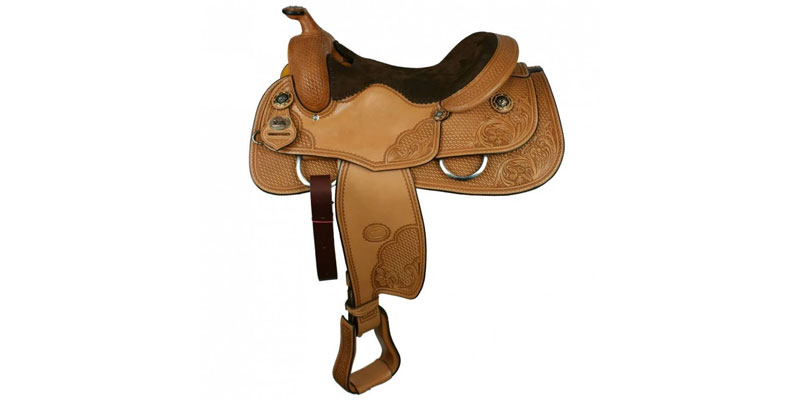
Balance and control are keywords in reining events, and the reining saddle is designed to provide both. The forward-hung stirrups make fast stops easier, letting the rider lean further back in the seat without losing balance.
The low seats, cutout skirts, dropped rigging, and medium height for maximize control. As a result, these competition saddles are also often used in training.
19. Roping Saddle
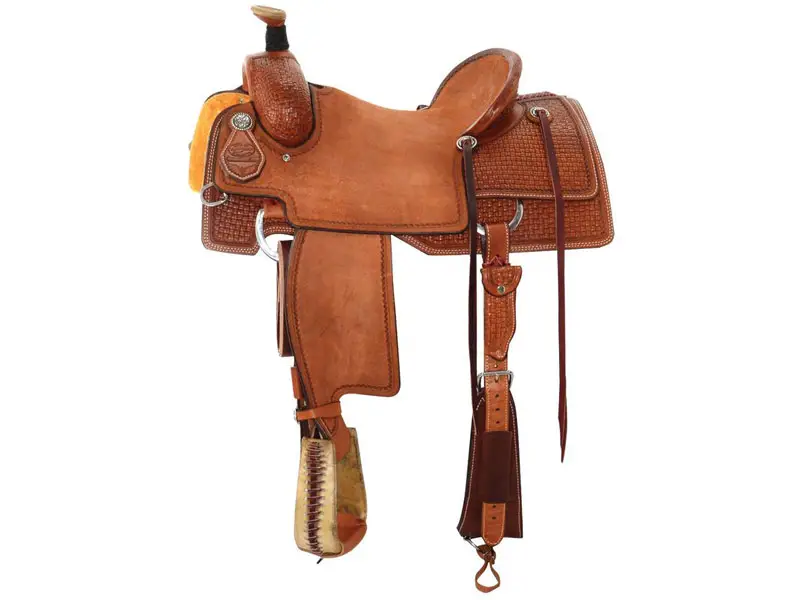
Designed specifically for roping events, the roping saddle has a stronger tree than a trail saddle and a well-anchored horn to allow for cattle to be dallied to the saddle.
They usually have a suede or roughout seat to reduce the risk of sliding while still granting the rider plenty of movement.
20. Side Saddle
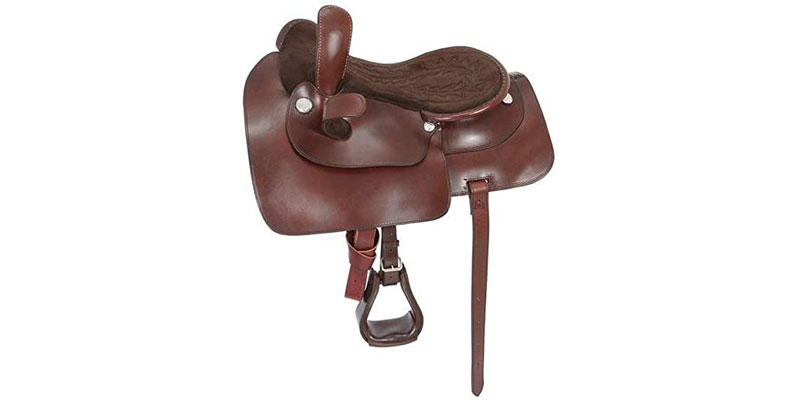
Now mainly seen in shows and exhibitions, the side saddle was originally created to help women keep an air of decorum while riding in a skirt. The two-pommel design helps to hold the rider’ legs in place, even when jumping or galloping.
21. Trick Saddle
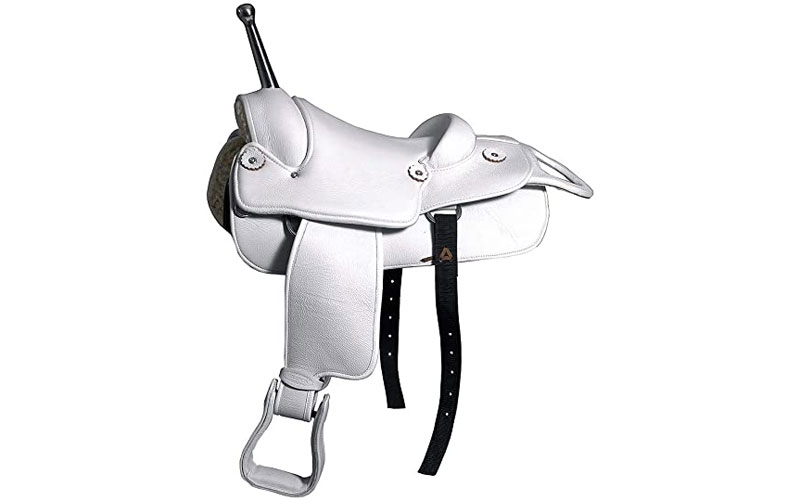
Following a similar design to western saddles, the trick or stunt saddle includes a low front and back, double rigging, reinforced handholds, and tall metal horns. They keep the rider more secure during sharp turns or jumps.

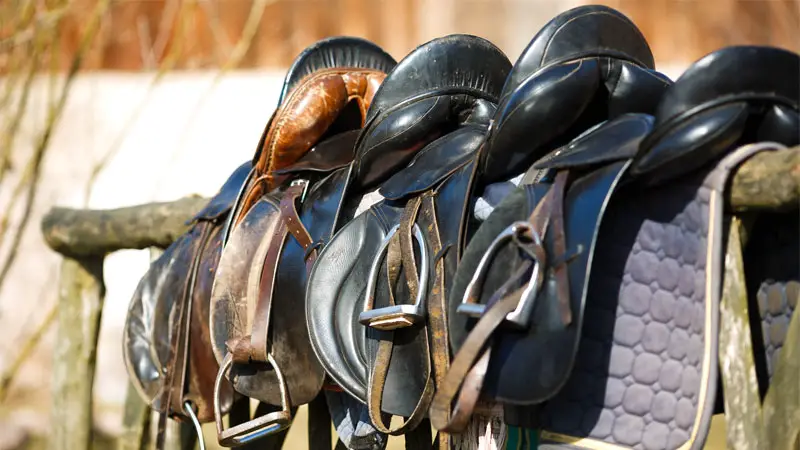
What about the Ringgold saddle?
I am reconditioning a saddle that looks like a McClellan, but it has a deep seat and a saddle horn. It is also rigged in a square fashion with a 3″ diameter brass ring attached to each corner of the saddle by 4 straps that extend across the font and back of the seat and along each bar. I cannot find an example of this type of rigging and wonder if it is not something other than a McClellan